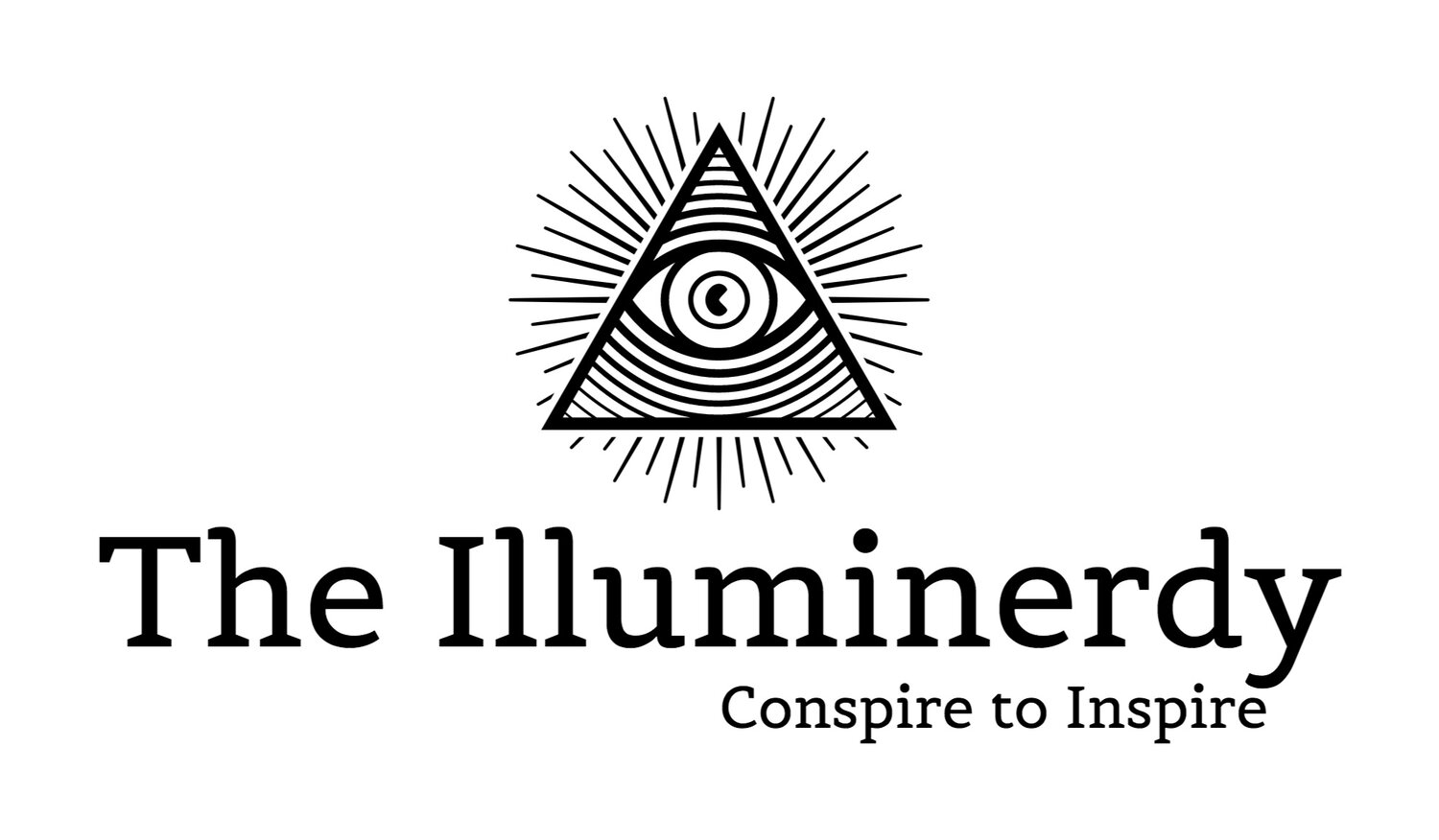The Middle East has been referred to as the cradle of civilization. This tumultuous region that gave rise to at least three of the world's most widespread and influential religions; their contacts and conflicts shaping the history of the Western world (not to mention a fair chunk of the Eastern world, as well). Modern society owes much of its form to the cultures and beliefs that emerged from that cradle, grew, and matured. However, there are still tales to be told about some of the things that never quite made it out of the cradle -- lost cities, cultures, and religions hiding in the shadows of the modern era. There's something to be said for hanging a plot or campaign on the discarded myths and beliefs of ancientsocieties, though there's certainly good precedent for making a mythos up wholesale. Still, even an entirely fictional belief system -- if it's going to properly drive a game plot -- is often best when it can be at least partially anchored to the real world.
LOST MONUMENTS
Sometime between 7,000 BC and the beginning of the Common Era, an as yet unidentified civilization flourished in the vast deserts that stretch from modern Syria, across Jordan, and into Saudi Arabia's legendary Rub' al-Khali (the "Empty Quarter"). This civilization built hundreds of geolyphs -- round stone constructions that archaeologists have taken to describing simply as "wheels" -- visible only from the skies high above the sands. Next nothing is known about the wheels' creators, though the Bedouin tribes that roam the region know the constructions as the "works of the Old Men."
They were rediscovered in the 1920's by British military pilots flying airmail routes over the Empire's newly acquiredholdings in the Middle East, though they received only limited academic interest until well into the current century. Though there's no real information to suggest that any of the RAF's knowledge of the wheels has been suppressed, one could certainly hang a pulp espionage plot on the potential paranormal properties of these ancient "wheels" in the aftermath of the Great War, or at least the ancient knowledge they may encode.
ANCIENT ASTRONAUTS & LOVECRAFTIAN HORRORS
The fact that the geolyphs can only be seen from above certainly suggests a celestial connection, and you don't need to be Erik von Daniken to conclude that it's at least possible that the wheels were the ancients' way to honor the same mostly-forgotten extra- (or ultra-) terrestrials that the biblical prophet Ezekiel famously mistook for angels heralding the arrival of the divine.
This was the appearance and structure of the wheels: They sparkled like chrysolite, and all four looked alike. Each appeared to be made like a wheel intersecting a wheel.
Though the wheels have been compared to the elaborate designs stretching across Peru's Nazca plain, the Middle Eastern geolyphs don't depict any recognizable creatures. Of course, that may mean that they're simply an ancient civilization's attempt to appease squamous, formless horrors worshiped in the Nameless City beneath lost Many-Pillared Irem, or the remains of a cyclopean language only truly understood by ancient sorcerers like Lovecraft's mad Arab 'Abdul Hazred.
Regardless, it's probably no coincidence that many of the wheels that have survived the centuries are built on even older prehistoric stone structures called "kites" apparently created to trap, funnel, and kill livestock. It might not be too much of a stretch to suggest that the killings had a ritual component as well: perhaps they were sacrifices to whatever beings were meant to be honored by the geolyphs themselves?
LEFT BEHIND

No matter what you decide the geolyphs really represent, it's essentially inarguable that whatever civilization created them has been lost for countless ages. The assumption in any modern game will likely be that the geolyphs are the creation of a lost human civilization, but you can certainly turn that assumption on its head -- w're messages from the mysterious Djinn, or serpent people (in the style of either Robert E. Howard or David Icke). In that case, the geolyphs themselves may not be the real point of your game -- they're just clues leading to an even greater mystery lost to the sands of the Arabian Peninsula.
What else lies beneath the ever-shifting sands? Care to find out?

